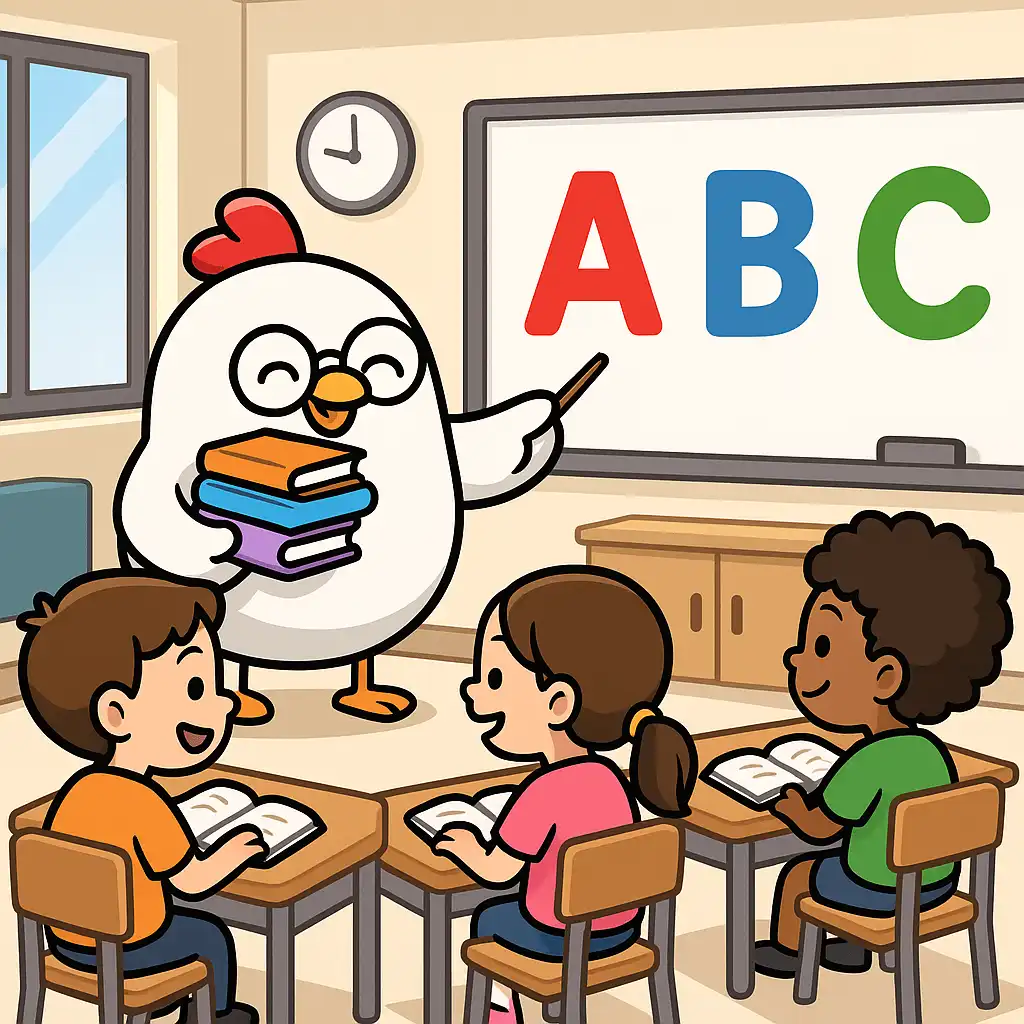The Next Big Leap in Reading: Initial Consonant Blends
Your child is now an expert at reading words with one consonant at the beginning. They are ready for the next big leap in their reading journey: decoding words that start with a consonant blend.
This is the skill that unlocks smoother, faster reading. It's the difference between reading pan and span, or lip and clip. Mastering this skill is a huge confidence booster. In just 10 minutes a day, our program makes learning to blend sounds at the start of a word feel like a fun and rewarding new game.
Our Approach: Building Smoother, Faster Readers
The goal of this lesson is to help your child read more fluently and accurately. Our approach is designed to make this tricky step feel simple and intuitive.
- We Build From Simple to Complex: The games in our app brilliantly show your child how a word they already know, like
lap, can transform into a new word,clap, just by adding one sound at the beginning. This shows them they already have the skills—they're just combining them in a new way. - We Train the Ear: The hardest part of blends is learning to hear both distinct sounds. Our app provides crystal-clear audio that models how to say the sounds
/c/and/l/close together to start the wordclip, helping to train your child's brain. - We Make Reading Less Choppy: Mastering blends is the key to moving beyond choppy, one-sound-at-a-time reading. As your child learns to see 'bl' as a single unit, their reading speed and fluency will naturally increase, which makes reading much more fun and rewarding.
The New Words Your Child Will Master
By learning to decode initial consonant blends, a whole new world of words becomes accessible. Your child will feel like a reading superstar as they conquer words that build upon each other in our games, such as:
- lap -> clap -> slap
- lip -> clip -> slip -> flip
- pan -> span
- lock -> block -> flock
- pit -> spit
This new ability to read more complex words is a huge step towards reading any book they choose.
Expert Answers to Your Questions About Initial Blends
1. My child reads 'glad' as 'gad'. They keep dropping the second sound! Is this normal? Yes, this is completely normal and is the single most common challenge when learning blends. It's difficult for a child's brain to process two separate consonant sounds back-to-back. The app is expertly designed to solve this by providing fun, repetitive games that specifically train their ear to listen for, and their mouth to pronounce, both sounds in the blend.
2. What is the difference between a blend like 'cl' and a digraph like 'sh' again? This is a fantastic question that gets to the heart of phonics! A digraph ('sh') is a team of two letters that create one brand-new sound. A blend ('cl') is more like a quick slide where you can still hear both of the original letter sounds. Our games make this distinction clear, helping your child become a true phonics detective.
3. What are "L-blends," "S-blends," and "T-blends"?
These are simply categories that phonics experts use to group different types of blends. L-blends are blends where the second letter is 'l' (bl, cl, fl, gl, pl, sl). S-blends are blends that start with 's' (sc, sk, sm, sn, sp, st, sw). T-blends, like the 'tw' in twig, are another common group. Our app's curriculum is structured to ensure your child gets plenty of practice with all the most common types.
4. How can I best support my child as they learn this new, tricky skill?
Your role is to be their "sound-stretching" partner. When you encounter a word like blend in the app, you can slowly model the sounds with them: /b/…/l/…/e/…/n/…/d/. Then, praise them when they blend it together. "Wow, I heard every single sound when you read that word! You're becoming such a smooth reader!" The app provides the instruction; you provide the celebration.
Unlock a New Level of Reading Fluency!
This lesson is a true game-changer, transforming your child from a beginning decoder into a more fluid, confident reader. Let's celebrate this exciting new stage of their journey!
